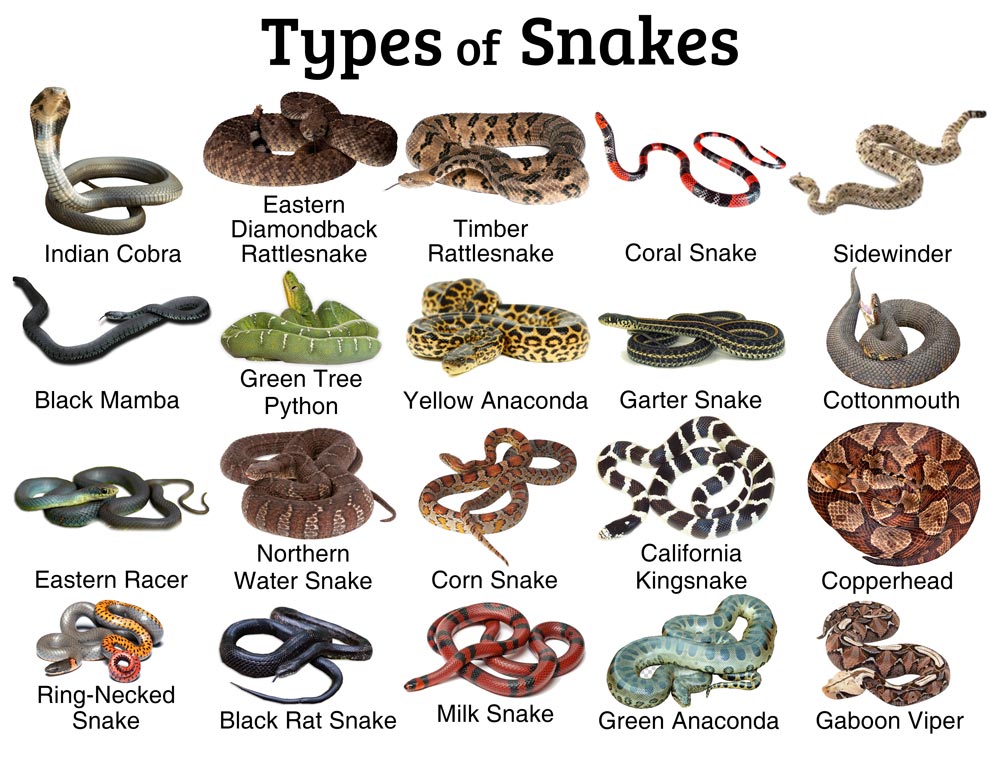Understanding The System When Naming Each Species Of Snake
Have you ever wondered how each species of snake gets its unique name? The process of naming a new species of snake involves a systematic approach that takes into account various factors such as its physical characteristics, geographical location, and the scientist who discovered it. This system of naming, known as taxonomy, plays a crucial role in organizing and categorizing the vast diversity of snake species found across the globe.
While it may seem like a simple task, naming a new species of snake is a complex and intricate process that requires careful consideration and adherence to scientific principles. From the use of Latin to the inclusion of specific descriptors, the system of naming each species of snake follows a set of guidelines that have been established over centuries. In this article, we will delve into the system when naming each species of snake, exploring the methods, challenges, and significance of this process.
What is the Purpose of Taxonomy in Naming Snake Species?
When it comes to naming a new species of snake, taxonomy serves as the fundamental framework that guides the process. Taxonomy is the science of classifying and naming living organisms, and it plays a crucial role in organizing the diversity of snake species into logical and manageable categories. Through the use of taxonomic principles, scientists are able to establish a standardized system for identifying, naming, and classifying new snake species, allowing for easier communication and reference within the scientific community.
- Everly Bear Kiedis Photos Life Father Anthony Kiedis Latest Updates
- Lamar Jacksons Girlfriend Jaime Taylor Their Relationship
How are Snake Species Named?
The naming of a new species of snake involves several key steps that adhere to the established guidelines of taxonomy. Binomial nomenclature is the system used for naming species, which consists of a two-part Latinized name. The first part of the name refers to the genus to which the species belongs, while the second part is a unique descriptor that distinguishes it from other species within the same genus. For example, the scientific name for the king cobra is Ophiophagus hannah, with Ophiophagus representing the genus and hannah serving as the specific epithet.
What Factors Influence the Naming Process?
When naming a new species of snake, several factors come into play that influence the choice of its scientific name. The physical characteristics and behavior of the snake, as well as its geographical location, play a significant role in determining its name. Additionally, the scientist or team responsible for the discovery of the new species may also have the opportunity to propose a name, often paying homage to a significant individual, location, or characteristic associated with the snake.
Challenges in Naming Snake Species
Despite the systematic approach to naming snake species, the process is not without its challenges. The vast diversity of snake species, coupled with the discovery of new species, presents a constant challenge for taxonomists to accurately name and classify each one. Furthermore, the potential for misinterpretation or misidentification of species can lead to confusion and inconsistencies in naming, highlighting the need for rigorous scientific scrutiny and verification.
- Tyler The Creator Morgan Freeman Debunking The Son Rumor
- Erome Marlene2995 Santanas Nude Photos Videos Free Access Now
The Significance of Naming Each Species of Snake
The precise naming and classification of snake species hold significant importance in the fields of ecology, conservation, and scientific research. By accurately identifying and naming each species, scientists are able to gain a deeper understanding of their ecological roles, behaviors, and evolutionary relationships. This knowledge is essential for the development of effective conservation strategies and the preservation of snake species in their natural habitats.
Future Prospects in Snake Taxonomy
As scientific advancements and technological tools continue to evolve, the field of snake taxonomy faces new prospects and challenges. The use of genetic analysis and molecular techniques has the potential to revolutionize the identification and naming of snake species, providing a more accurate and comprehensive understanding of their genetic diversity and evolutionary history. However, with these advancements also comes the responsibility to uphold the integrity and principles of the systematic approach to naming each species of snake.



Detail Author:
- Name : Ardella Roberts IV
- Username : gislason.nedra
- Email : goldner.ciara@okeefe.com
- Birthdate : 2002-01-01
- Address : 9366 Hahn Passage Apt. 245 Powlowskiburgh, KY 15942
- Phone : +15614809801
- Company : Fay, Deckow and Moen
- Job : Environmental Science Teacher
- Bio : Facere itaque rerum ex consectetur. Nam laboriosam consequuntur nisi ad. Officia autem provident eos itaque accusamus quaerat vero.
Socials
tiktok:
- url : https://tiktok.com/@cormier1975
- username : cormier1975
- bio : Et natus quaerat quia in et aut. Illum et sit nam expedita esse.
- followers : 6555
- following : 2618
linkedin:
- url : https://linkedin.com/in/dejuan9181
- username : dejuan9181
- bio : Sit non earum et veniam facilis aliquam et.
- followers : 1493
- following : 1634